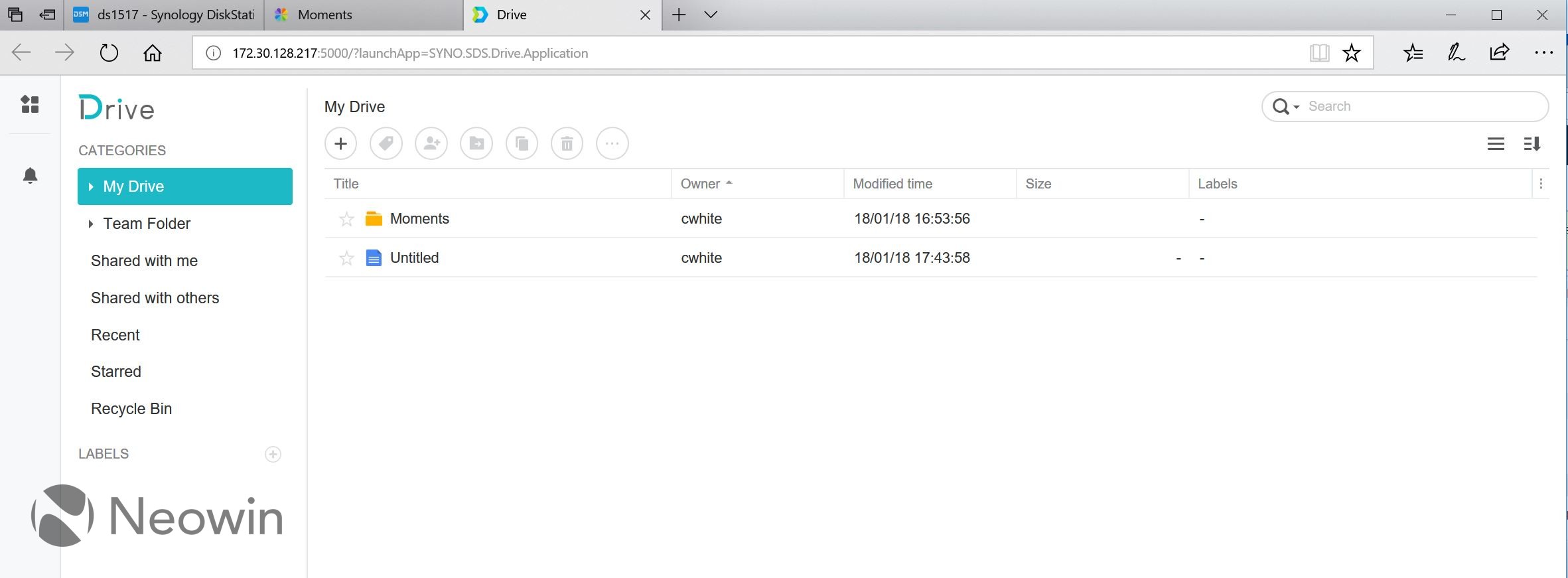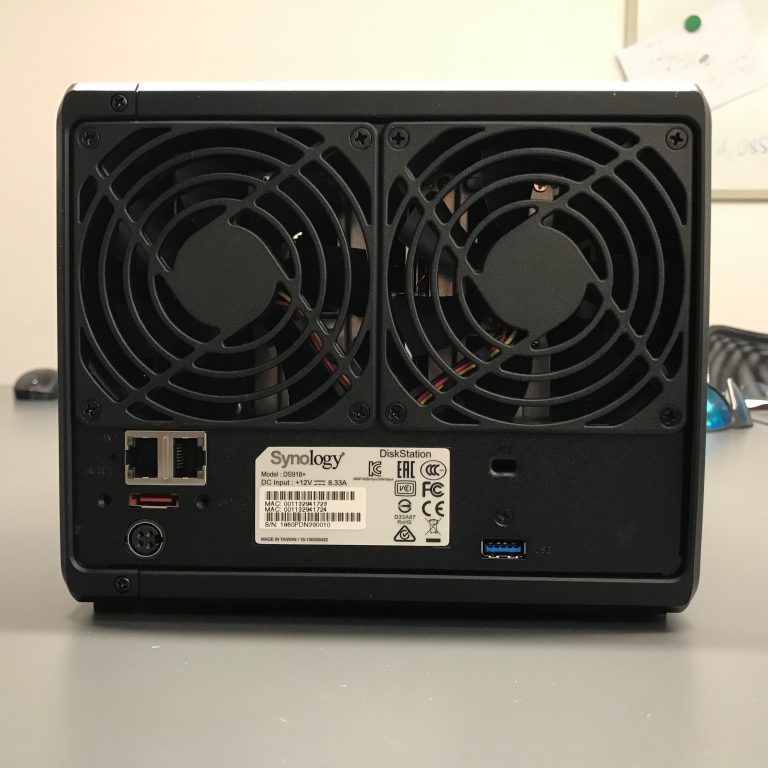
- SYNOLOGY DRIVE REVIEW INSTALL
- SYNOLOGY DRIVE REVIEW FULL
- SYNOLOGY DRIVE REVIEW PC
- SYNOLOGY DRIVE REVIEW DOWNLOAD
Standard NAS tasks – such as creating shared folders and users, and assigning which users can access which folders or applications – are easy. This isn’t a huge deal once you become familiar with it. There’s nothing in the Control Panel to let you mess around with your hard disk setup, for example, so you’ll need to load the Storage Manager application instead. I find it a little odd that some of the settings are split between the Control Panel and various dedicated apps. I still think it’s remarkable that you can operate your NAS as if it were a desktop computer, right through your web browser. Once setup is complete, you’re presented with the Synology DSM interface, which overall is pleasing. Related: Best Wi-Fi extender Synology DS218j – Operating system
SYNOLOGY DRIVE REVIEW FULL
I’m inclined to opt for the latter, since there’s a chance full operating system updates will affect compatibility with a third-party software package you’re particularly fond of.
SYNOLOGY DRIVE REVIEW INSTALL
You can have the NAS always install the latest version of DSM automatically, have it just install important security updates, or let you manage the updates process yourself. You’re also asked how you’d like the NAS to manage OS updates. It will also suggest some applications for you to install: Photo, Video and Audio station, to provide access to your media files through a web browser or Synology’s mobile apps a UPnP media server to help third-party devices on your network access the NAS’s stored media Hyper Backup and Cloud Station Server, which makes it simple to sync and back-up files to your NAS from anywhere. I wish Synology would work out a way to build a partitioning tool directly into the NAS – but I’m sure it’s far easier said than done.Īll being well, DSM will install quickly and get you setup with the default admin user.
SYNOLOGY DRIVE REVIEW PC
If you’ve used your disks before – in another NAS, for example, then the installation process may fail and you’ll have to plug them directly into your PC and use Disk Management to erase any partitions.
SYNOLOGY DRIVE REVIEW DOWNLOAD
If you’re using brand-new hard disks, you’ll just be able to click the big Download button to grab the latest version of Synology’s DSM operating system. Once you’ve powered up your NAS and plugged it into your router, you can go to to locate the NAS on your network. These sit on rubberised brackets and are fixed in place, with screws running through rubber grommets to reduce vibration and noise. You simply slide off the DS218j’s case to install your hard disks. The included setup guide is basic, but so’s the setup itself. Related: Best desktop PC Synology DS218j – Setup I did like the NAS’s thick, sticky rubber feet, which make it unlikely you’ll knock it off your desk. This basic NAS doesn’t offer extras such as front-mounted USB ports or a dedicated USB file-copy button. It features status lights for the disks and network on the front, and two USB3 ports on the rear to connect external disks for backup, or to manually copy files to and from the NAS. Models higher up the range such as the DS216 or DS218+ don’t require adapters to fit 2.5-inch disks. It’s possible to fit 2.5-inch hard disks and SSDs, but only with an adapter the DS218j needs the Type-C model, which costs £11. You still get 512MB of RAM, and room for two 3.5-inch hard disks out of the box. This means it has as much processing power as the more expensive, office-orientated DS216 I reviewed last year. Synology has bumped up the processor speed of this year’s NAS: the DS218j now has a 1.3GHz dual-core processor, up from 1GHz in the last generation. Related: Best routers Synology DS218j – Specifications and design See the Synology RAID Calculator for an example. SHR becomes more efficient the more disks a NAS has, so a four-bay model can protect the data of all four disks if one goes bang, and you still lose the storage capacity of only a single disk. This large loss of capacity is inevitable in a small, two-bay NAS.


When configured with the default Synology Hybrid Raid (SHR), it will tolerate the failure of one hard disk without any data loss, but at the expense of one disk’s capacity.

Synology describes the two-bay DS218j as ‘entry-level’, but its performance is anything but. Across Synology’s bewildering array of models, a ‘j’ suffix generally denotes a cheaper, home-orientated model.


 0 kommentar(er)
0 kommentar(er)
